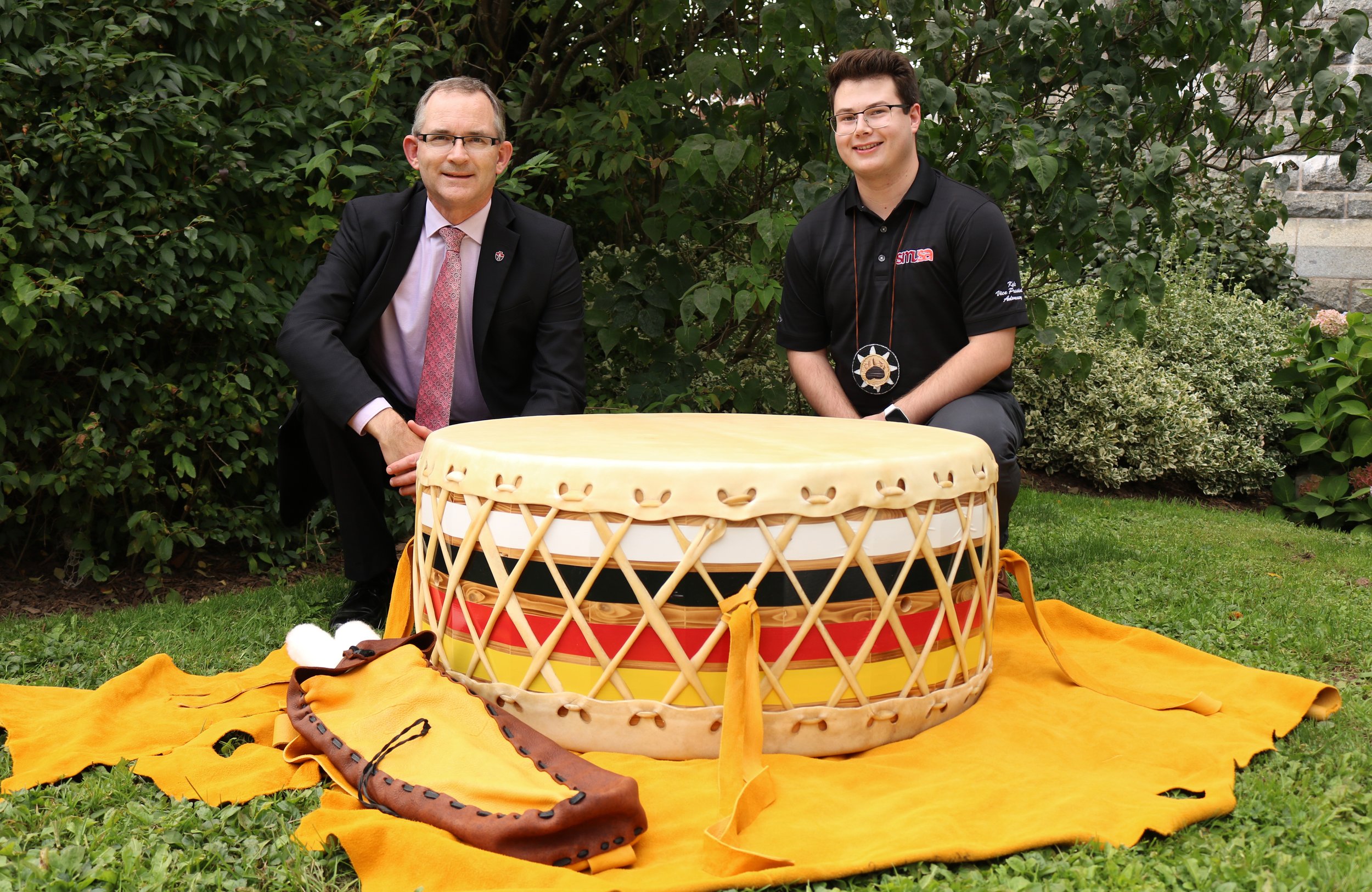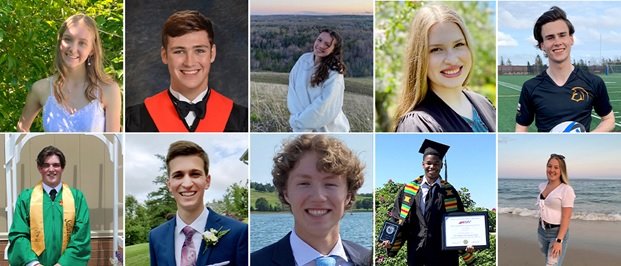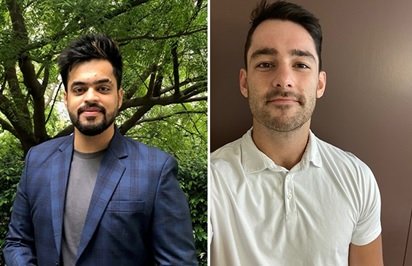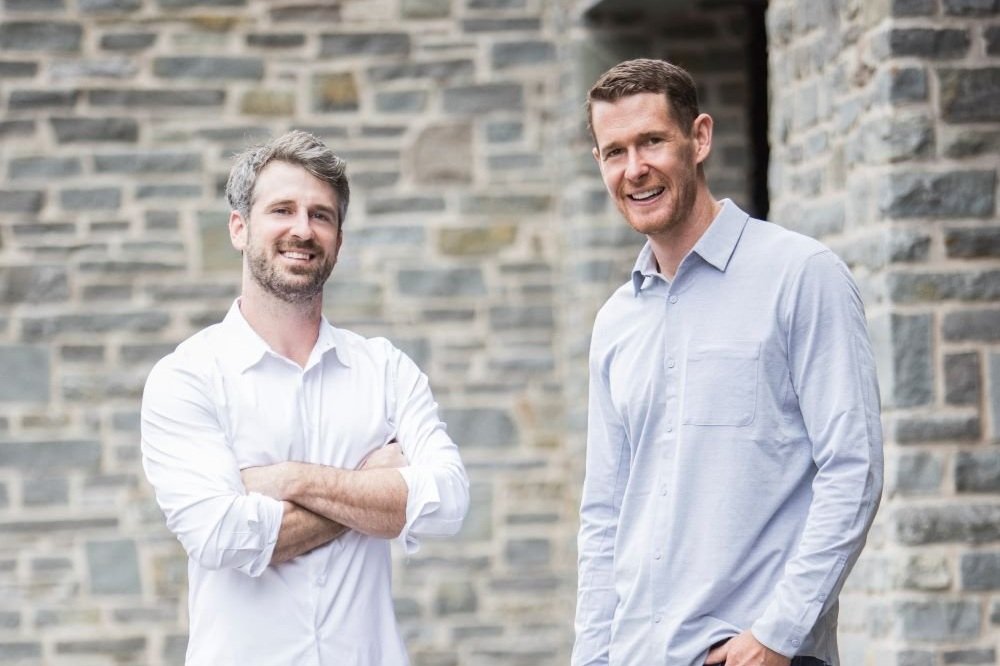The Sobey School of Business Impact Speaker Series will launch on Friday, November 19 with its inaugural event, Elevating Indigenous Businesses.
“At Saint Mary’s, we want to build a world without limits. To do that, we need to elevate diverse voices and foster new and diverse ideas.” said Robert Summerby-Murray, President of Saint Mary’s University. “That is exactly what this new speaker series will do.”
The Sobey School of Business Impact Speaker Series seeks to elevate diverse, intercultural perspectives of rising and global leaders, with the aim of inspiring reflection and action among our students, faculty, partners and community. Through these conversations, the school hopes to foster new generations of informed and engaged change makers, who will create positive impact in our communities and our world.
“The purpose of the Elevating Indigenous Businesses event is to actively consider what the Truth and Reconciliation Commission report means in our business school environment and context,” said Harjeet Bhabra, Dean of the Sobey School of Business. “It is part of an essential, ongoing conversation to ensure we are providing opportunities for recognition, reflection and reconciliation.”
Elevating Indigenous Businesses features Indigenous cultural performances, including dancing and drumming, a keynote address from prominent academic and author, Carol Anne Hilton, and a panel discussion among established and emerging Indigenous businesspeople, Michael Maracle-Polak, Jesse Benjamin and Chef Stéphane Levac.
In her remarks, Carol Anne Hilton will discuss the importance of Indigenous worldview and knowledge in developing a more sustainable Canadian economy. “As the world converges on an economic identity crisis of its own making, the inclusion and re-valuing of Indigenous worldview and knowledge in economy and business is paramount,” she said. “I am looking forward to bringing this conversation to students, faculty and the community at Sobey School of Business to discuss how they can contribute to this work in meaningful ways.”
The Elevating Indigenous Businesses Event and Sobey School Impact Speaker Series is made possible by a generous $18 million gift from the Sobey family, Sobey Foundation, and Sobeys Inc. and Empire Group Limited, the largest gift in the history of the university.
Elevating Indigenous Businesses will take place on Friday, November 19 from 1:30 pm to 4:30 pm at the SMU Scotiabank Theatre. For more information or to register for this free, in-person event, please visit our website.




























